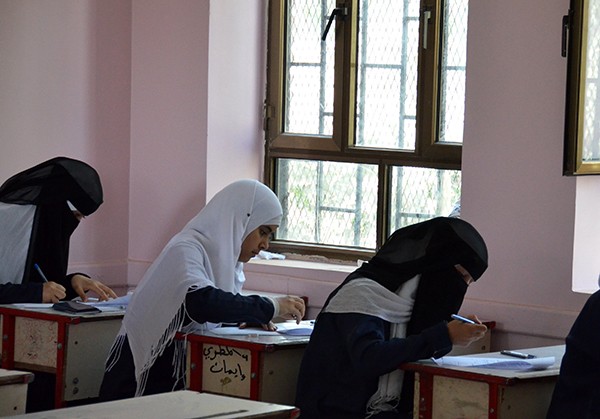Integrating Gender Into Our Work: A Conversation with USAID Gender Equality and Women’s Empowerment Director Vikki Stein

In 2012, USAID released the Gender Equality and Female Empowerment Policy to ensure that all USAID projects take into account gender issues and work to reduce gender gaps. Leading this effort is the USAID Gender Equality and Women’s Empowerment (GenDev) Office. Vikki Stein stepped up as the new GenDev Office director in October 2013. She brings to the position over two decades of experience. Throughout her career, she has worked on public health, gender issues, and community-based development, managing programs in Africa, Latin America, and the Middle East. Global Waters spoke with Ms. Stein to hear her thoughts on women, water, and the future of USAID.
Global Waters: As its new director, what are your goals and hopes for the GenDev Office?
Vikki Stein: USAID’s leadership realizes that integrating gender into our development work produces better results. We must address the unique needs that men, women, boys, and girls have as they relate to equal access to resources and opportunities. My hope is that we continue to advance and operationalize USAID’s policies to achieve our goal of integrating a gender perspective into all sectors of our work.
GW: What is the importance of USAID’s work in gender as it relates to development, especially in the water sector?
VS: I started my work in development as a Peace Corps Volunteer working on water issues in Honduras, so I am especially sensitive to integrating gender into the work we do to increase access to vital resources, like water.
Since the burden of collecting water falls largely on women and girls, lack of access to water resources has the most significant effect on them, and can negatively impact their health, increase their daily workload, and make them susceptible to violence, especially when gathering water during conflict. Women are under-represented in the “water world,” as men often dominate careers and training in water management.
Sufficient access to water, sanitation, and hygiene is relevant to ensuring that women and girls are able to obtain an education – as lack of clean water and poor sanitation is one reason why girls are often kept out of school. Girls are often not permitted to attend schools that do not have latrines, due to a concern for their privacy and for modesty reasons. Moreover, the absence of clean and private sanitation facilities may discourage girls from attending school when they menstruate due to an inability to access clean water in schools. Improved access to water and sanitation in schools has been shown to increase school attendance amongst girls, illustrating that improving water resources can have a positive impact on education.
GW: One of the USAID Water and Development Strategy’s eight key operational principles is to “promote gender equality and female empowerment.” What are some of the ways that USAID can accomplish this?
VS: USAID can advance gender equality and women’s empowerment through the Water and Development Strategy by taking a gendered perspective in our programs. As new activities are designed, GenDev will work with Agency actors, including the Water Office, to ensure gender integration in programming, thus developing more efficient programs. This will help us contribute to the body of evidence on why integrating gender into our work is smarter development; it will also help us continue to foster gender equality and female empowerment.
GW: What are the biggest challenges facing women and girls and how can USAID and the larger development community work together to overcome them?
VS: Some of the biggest challenges facing women and girls include trying to change community gender norms to foster women’s leadership in resource management and ensuring that women have an opportunity to participate in decision-making. Gender-based violence is another area that impedes women’s ability and reduces women’s productivity and mobility.
These cultural attitudes do not change overnight. There are a variety of ways the development community can help address these challenges. Identifying men who are gender champions and see the value in working alongside women is one major way to overcome barriers; working alongside men is a vital way to advance our gender goals. Educating women and girls is one of the best investments one can make, not only because it opens up opportunities for women, but also because education can have a positive impact on women’s families and communities. Research also shows that education can reduce poverty. Ensuring that women have control over reproduction is also key to encouraging their mobility and reducing maternal mortality and reducing diseases. Furthermore, providing economic and political opportunities to women is key to overcoming development challenges and advancing better development results.
C. Zeilberger







Comment
Make a general inquiry or suggest an improvement.